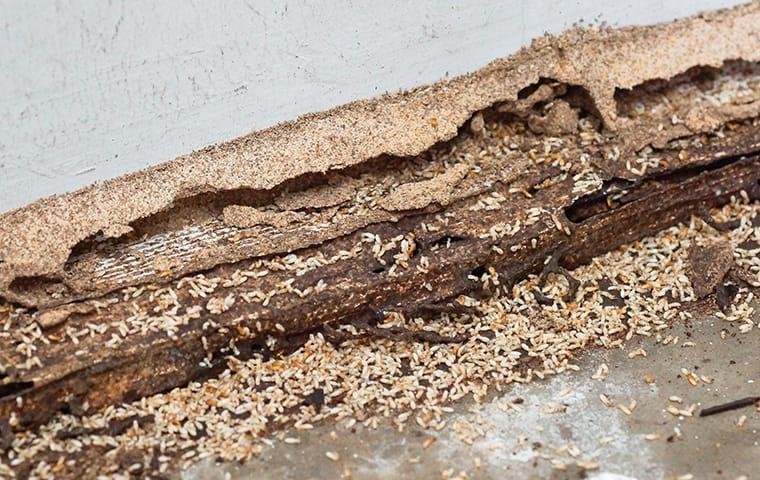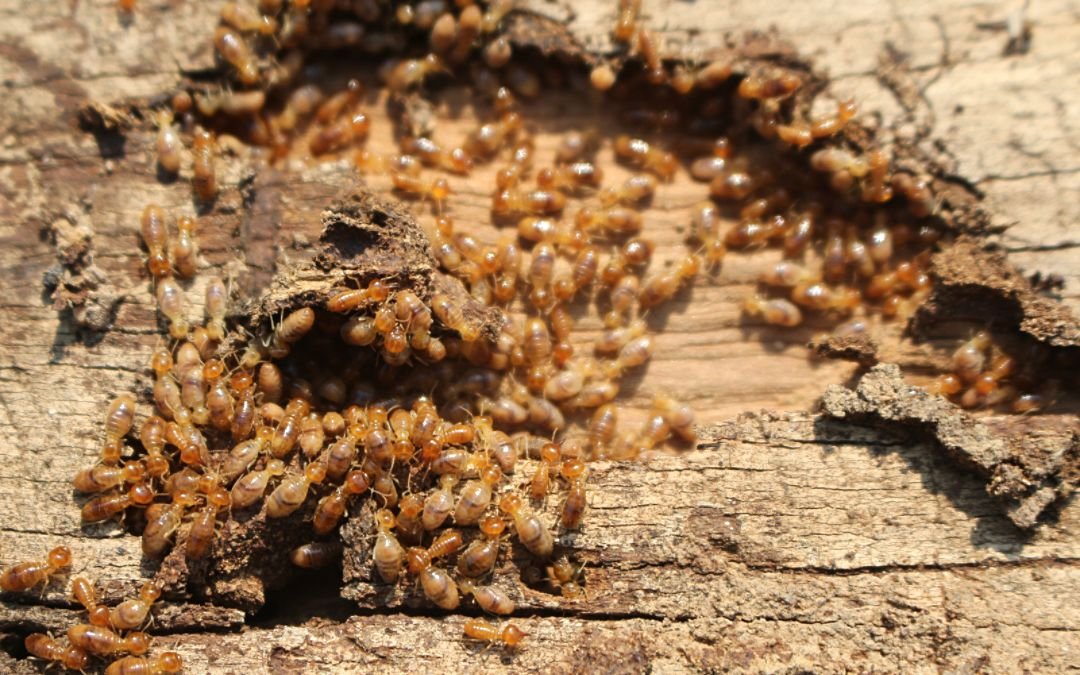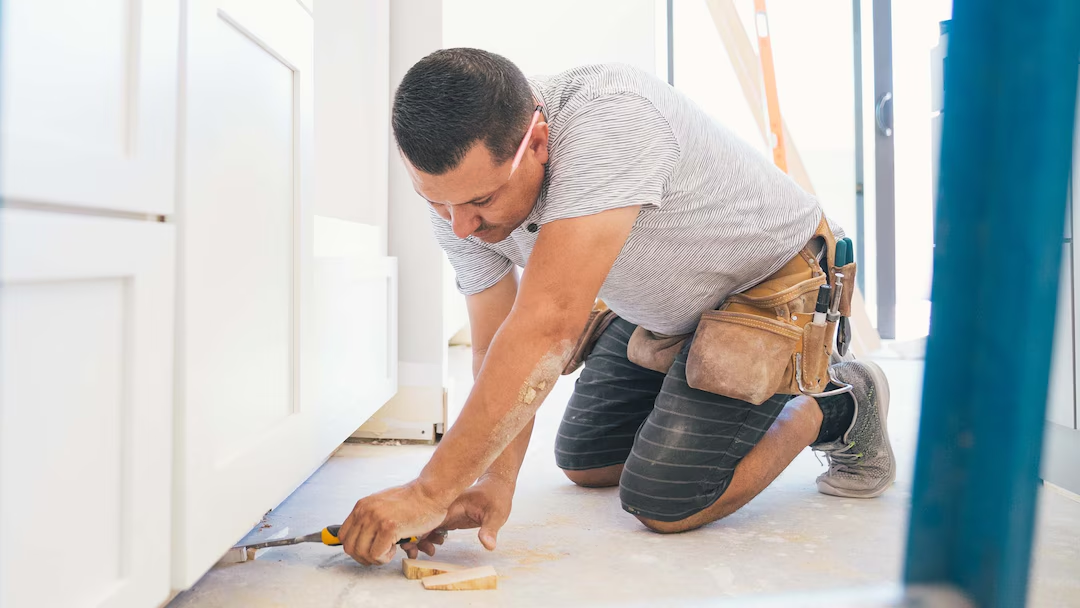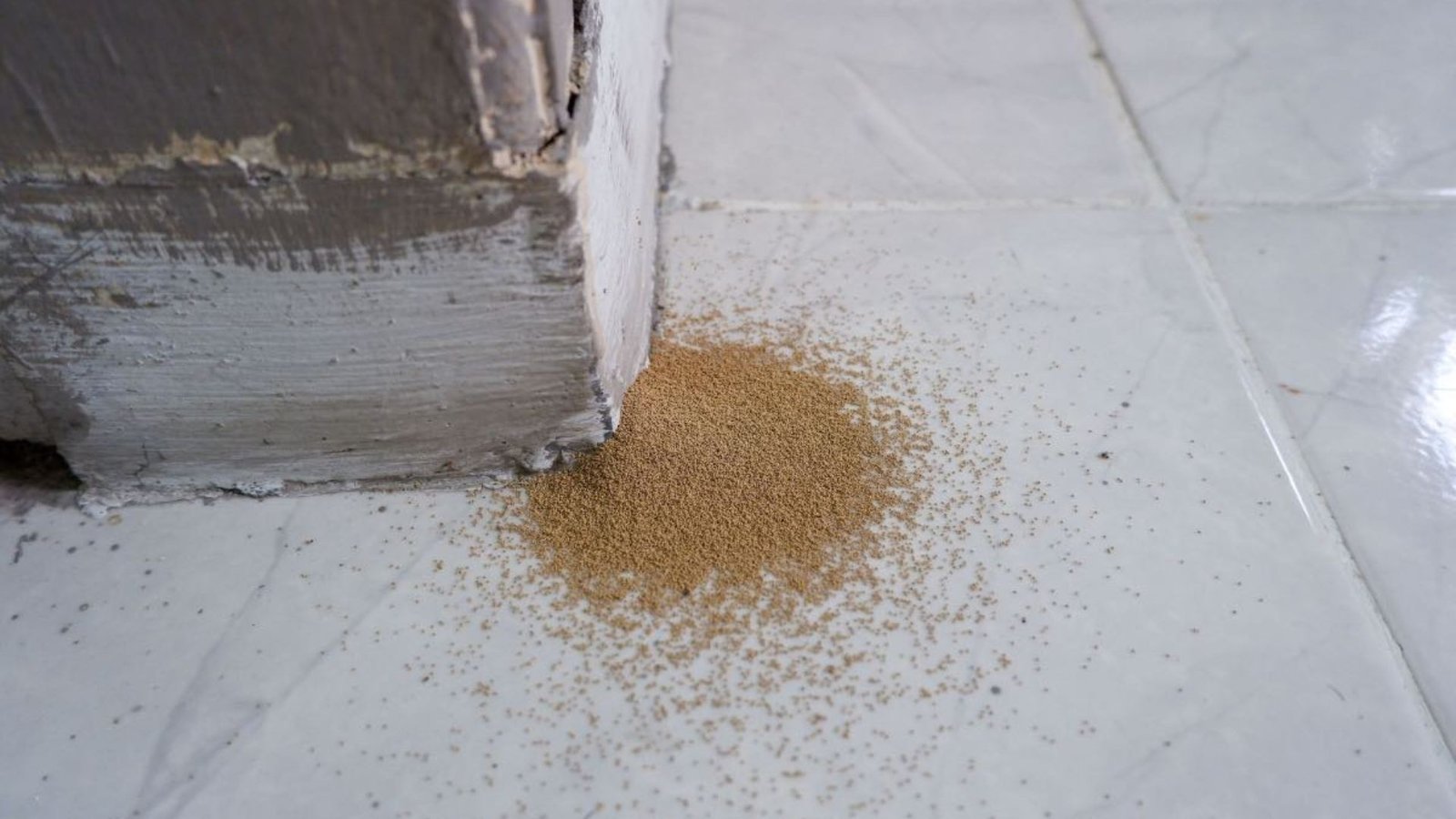Reducing moisture in your home to prevent termites is crucial for maintaining a safe and healthy living environment. Termites thrive in damp conditions, and high moisture levels can lead to serious infestations. By addressing moisture issues, you can significantly decrease the chances of a termite invasion and protect your home from costly damage. In this article, we’ll give you detailed steps and strategies for managing moisture in your home effectively.
Understanding the Connection Between Moisture and Termites
To understand the importance of reducing moisture in your home to prevent termites, it is essential to recognize the relationship between these pests and moisture. Termites need water to survive, and they are attracted to areas with high humidity. When moisture levels rise, it creates a perfect environment for termites to thrive. They can quickly invade wooden structures, leading to severe damage over time. Therefore, managing moisture is key to keeping termites at bay.

1. Identify Sources of Moisture
The first step in reducing moisture in your home to prevent termites is identifying where the moisture is coming from. Common sources include leaky pipes, roofs, and poor drainage systems. Check areas like the basement, kitchen, and bathroom for any signs of water damage. Once you know the sources, you can address them effectively.
2. Repair Leaks Promptly
After identifying sources of moisture, it’s important to repair any leaks promptly. Fixing leaking pipes or faucets can significantly reduce the amount of moisture in your home. Additionally, ensure that your roof is in good condition and repair any damaged shingles. Addressing these issues not only helps with moisture control but also prevents further damage to your home.
3. Improve Ventilation
Improving ventilation is another crucial step in reducing moisture in your home to prevent termites. Good airflow helps to keep humidity levels in check. Open windows when the weather permits, and use exhaust fans in areas like the kitchen and bathroom to reduce moisture buildup. Consider installing vents in your attic and basement to promote better airflow throughout your home.
4. Use Dehumidifiers
Using dehumidifiers can be an effective way to manage moisture levels in your home. These devices help to remove excess humidity from the air, making it less conducive for termites. Place dehumidifiers in areas that are prone to dampness, such as basements and crawl spaces. Regularly empty the water collected by the dehumidifiers to ensure they continue to function effectively.
5. Ensure Proper Drainage
Proper drainage around your home is essential for reducing moisture in your home to prevent termites. Make sure that downspouts direct water away from the foundation. Check the grading around your home; the soil should slope away from the foundation to prevent water accumulation. Installing drainage systems can also help to redirect water away from your property.
6. Maintain Gutters and Downspouts
Regularly cleaning your gutters and downspouts is crucial for preventing moisture buildup. Clogged gutters can cause water to overflow and pool around the foundation of your home. Ensure that gutters are clear of debris and that downspouts are functioning correctly. This maintenance will help keep moisture levels low and reduce the risk of termite infestations.
7. Store Firewood Properly
If you have firewood, store it away from your home to reduce moisture levels in your living space. Keep firewood at least 20 feet away from the foundation and elevate it off the ground. This practice helps prevent termites from accessing the wood and reduces the chances of them entering your home.
8. Insulate Pipes and Crawl Spaces
Insulating pipes can prevent condensation, which contributes to moisture buildup. Additionally, insulating crawl spaces can help control humidity levels in your home. Use vapor barriers in crawl spaces to block moisture from the ground and maintain a dry environment. This insulation reduces the risk of termite infestations by keeping areas dry.
9. Monitor Indoor Humidity Levels
Monitoring indoor humidity levels is an effective way to ensure you are reducing moisture in your home to prevent termites. Use a hygrometer to check humidity levels. Ideally, indoor humidity should be between 30% and 50%. If levels exceed this range, take action by using dehumidifiers or increasing ventilation.
10. Conduct Regular Inspections
Finally, conducting regular inspections of your home is vital for maintaining low moisture levels and preventing termite infestations. Check for any signs of dampness, leaks, or water damage. By staying vigilant, you can address moisture issues before they become major problems.
Conclusion
In conclusion, reducing moisture in your home to prevent termites is essential for protecting your property. By identifying sources of moisture, making necessary repairs, improving ventilation, and using dehumidifiers, you can create an environment that is less attractive to termites. Regular inspections and maintenance will ensure your home remains safe from these destructive pests. By following these steps, you can effectively manage moisture and safeguard your home from potential termite damage.




